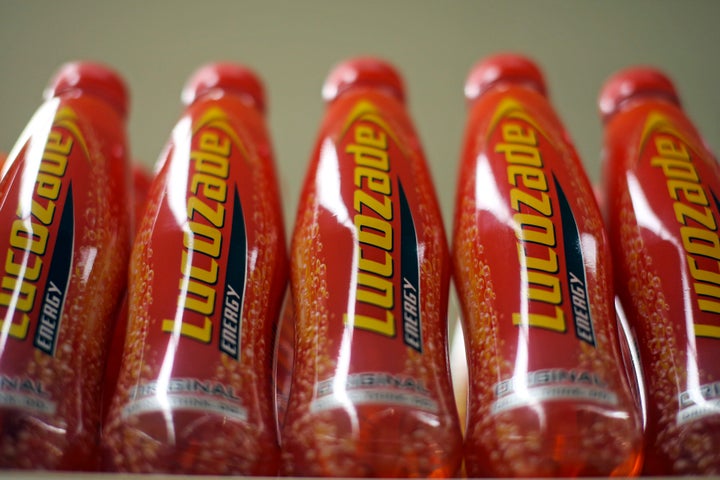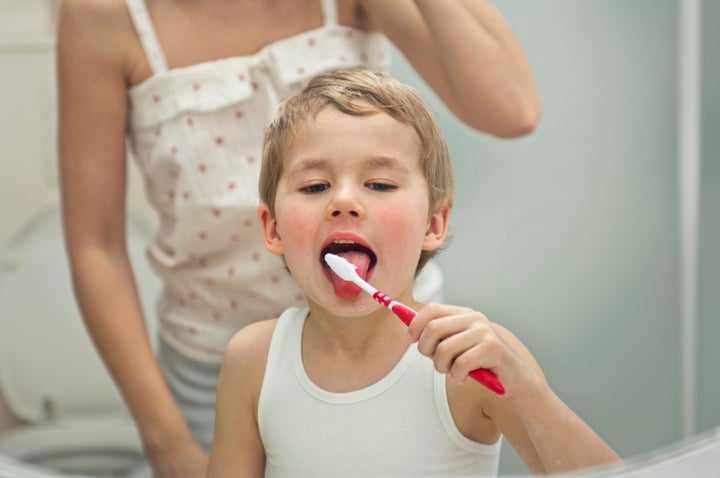If you knew how many cubes of sugar were in your favourite soft drinks, would it help you cut them out of your life?
In a bid to reduce sugar consumption - particularly among children - Liverpool City Council has launched a campaign revealing the number of sugar cubes found in popular soft drinks.
The campaign reveals that a 500ml bottle of Lucozade contains a staggering 15.5 cubes of sugar.
Meanwhile a 500ml bottle of Coca Cola contains 13.5 cubes of sugar and a 471ml bottle of Frijj chocolate milkshake contains 12.7 cubes.

The campaign aims to tackle the alarming level of tooth decay in young children in the city, with dentists having to remove teeth from children as young as five on a daily basis.
It is estimated that around 2,000 children in the city will have had extractions by the age of five, and more than a third will have suffered from tooth decay.
It is also estimated that the average child consumes more than their body weight in sugar every single year – a total of 5,543 cubes, which is more than three times the recommended amount.
Large boards highlighting how many sugar cubes are in drinks such as Lucozade, Coca Cola, Tropicana, Capri-Sun and Ribena are being placed in children’s centres, doctors surgeries and hospitals across Liverpool.
THE NUMBER OF SUGAR CUBES IN POPULAR DRINKS
Each cube = 4g of sugar• Lucozade (500ml) contains 15.5 cubes
• Coca Cola (500ml) contains 13.5 cubes
• Frijj chocolate milkshake (471ml) contains 12.7 cubes
• Capri-Sun (330ml) contains 8.25 cubes
• Tropicana orange juice (300ml) contains 7.5 cubes
• Ribena (288ml) contains 7.25 cubes
• Volvic flavoured water (500ml) contains 5.75 cubes
• Tap water contains 0 cubes.
Councillor Tim Beaumont, Mayoral lead for wellbeing, said: "Through no fault of their own, families simply don’t realise how much sugar is in some of these drinks.
"As well as leading to poor dental health, it is contributing to the obesity issue in Liverpool which means that one in four children starting primary school are overweight, rising to 38 percent for secondary school age pupils.
"What we’re trying to do through this campaign is get the message across that even drinks which are marketed as healthy such as orange juice and flavoured water have large amounts of sugar in them.
"This is about getting families and young children into healthy habits which will hopefully last a lifetime and prevent future unnecessary pain and trauma."
Dr Sandra Davies, director of public health, added: "We are the first local authority in the country to name how much sugar is in specific brands because we feel it is really important that all parents have the facts they need when making decisions about which drinks to give their children.
"Many of us are not in the habit of studying labels on drinks and the evidence that we have is that people don't realise how much sugar is in them, so we are taking steps to support them to make healthier choices.
"Our advice to parents is to take their child to the dentist by the age of one and teach them to brush their teeth correctly from an early age."

But not everyone is pleased with the campaign's message.
Gavin Partington, director general of the British Soft Drinks Association (BSDA), argued that the council should focus on other sources of sugar too, not just beverages.
"If this were a genuine education campaign to reduce sugar intake then surely it would look at all sources of sugar consumption and not just target soft drinks, which is the only food category where sugar intake is actually falling year on year - 13.6% since 2012," he said.
"Soft drinks companies are taking practical steps to help consumers - reducing the sugar in their products, increasing the availability of smaller pack sizes, actively promoting low and no calorie options and voluntarily extending the advertising rules regarding children to all online media.
He continued: "Government data and analysis from independent sources shows that consumers are already reducing their sugar intake from soft drinks and are actively switching to low or no calorie alternatives.
"We are the only industry with an ambitious plan for the years ahead - in 2015 we agreed a calorie reduction goal of 20% by 2020."